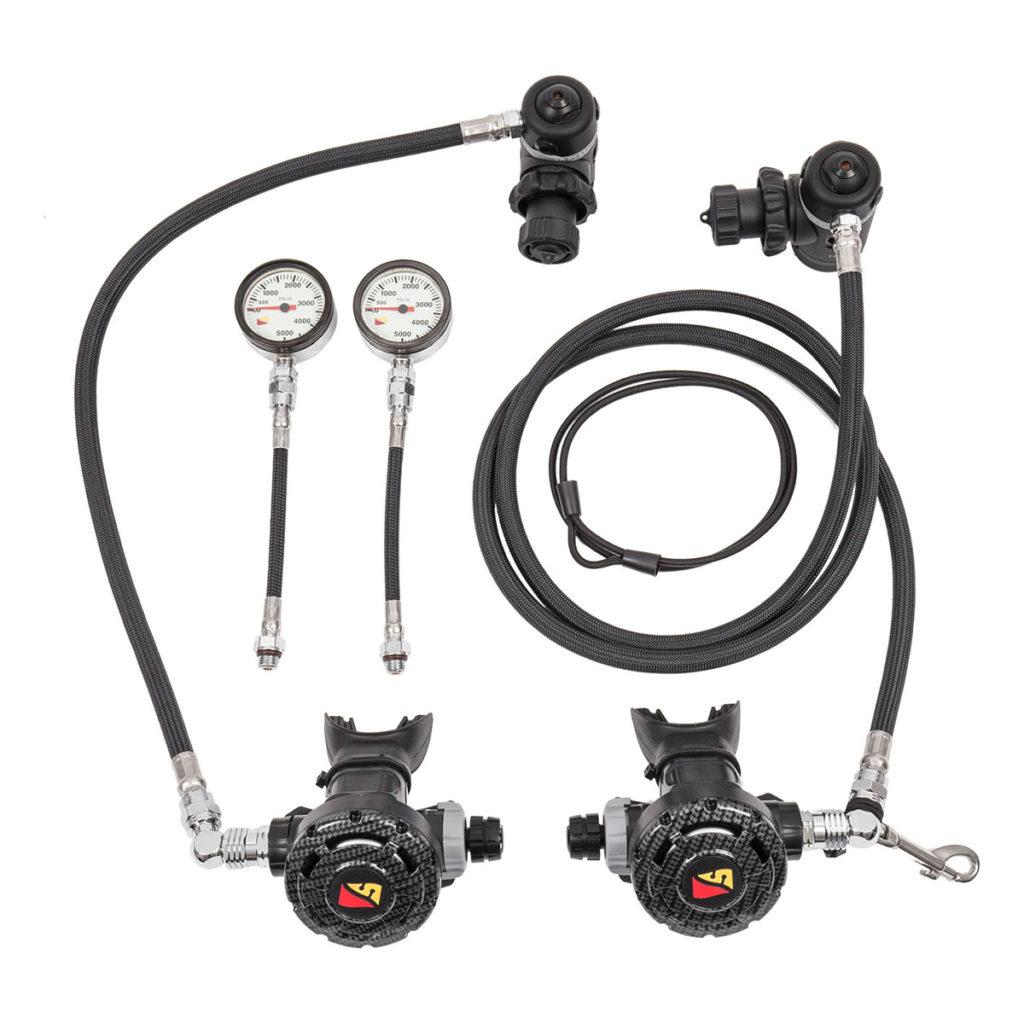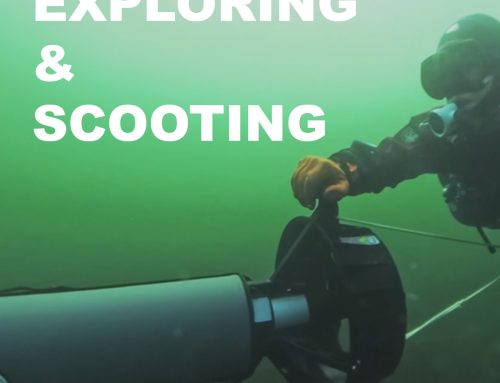Diving equipment is not cheap. Some of you have probably invested a lot of effort and work to be able to have the essentials to dive. Since you want these investments to last a long time, learning how to take care of your scuba equipment is very important. In particular, scuba regulator maintenance is part of the day to day of any regular diver. With these tips, you will get to extend the life of your scuba regulator and it will keep you safer during each dive.
The basic maintenance of our regulators includes visual inspections before and after each dive, as well as how to store it during long periods of inactivity.
These simple steps will help you verify your equipment before a trip so that after lugging a suitcase of 30kg around the world, you will not break into anger when you discover that your equipment is leaking air all over the place.
Scuba regulator maintenance:
Before diving:
- Connect the regulator to a full tank, 200 Bar or 3000 Psi. Open the tank slowly, releasing the pressure in a controlled manner. Many divers slightly squeeze the purge button in the second stage simultaneously. These two previous steps will prolong the life of the high-pressure seat of your first stage.
- We check that our manometer works correctly giving us an adequate reading of the tank pressure.
- We breathe repeatedly in an energetic way of the second stage and our octopus. The air must flow without any effort. Check the gauge while you breathe, if the needle fluctuates with the tank completely open it can be an indication that there is some obstruction in the first stage. Personally, I like to do this practice, if possible, with the regulator submerged in the water. On occasion this has helped me discover that the cockroaches had been riding a Roman bacchanal inside my regulator, eating part of the membrane and doing who knows what else.
4. Visually inspect the hoses while bending them, looking for cracks or holes. During this step, you can also check the mouthpieces of the second stages in more detail.

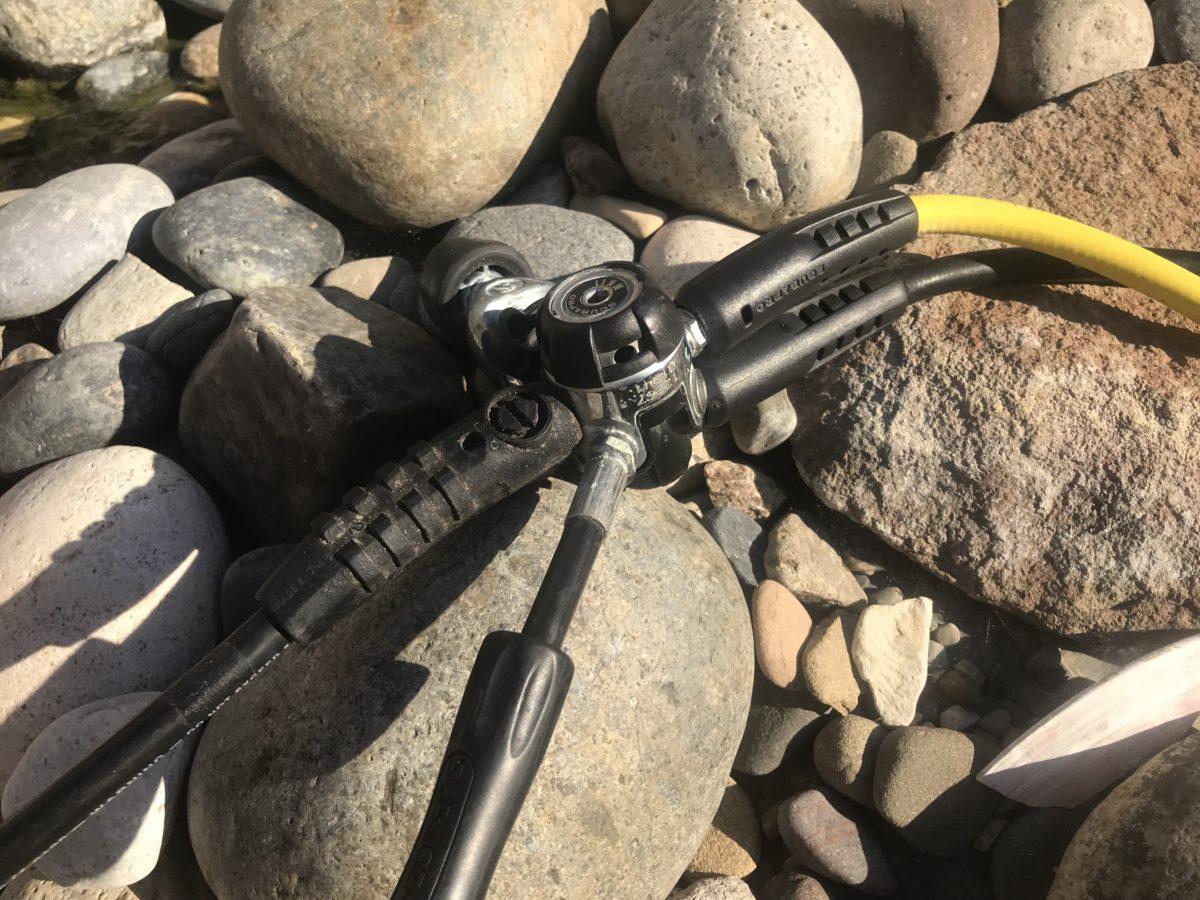
5. If the hoses have protectors at their ends, slide them. The dirt and corrosion is especially aggressive in these areas. In my opinion, the protectors do more harm than good if we are not careful.
6. Remove the regulator from the tank and place the cap on the first stage to seal it. Inhale for the second stage and the octopus to create the vacuum and hold for a few seconds, check that no air enters the system.
7. Finally, make sure that the low pressure inflator (LPI) connector is not stuck.
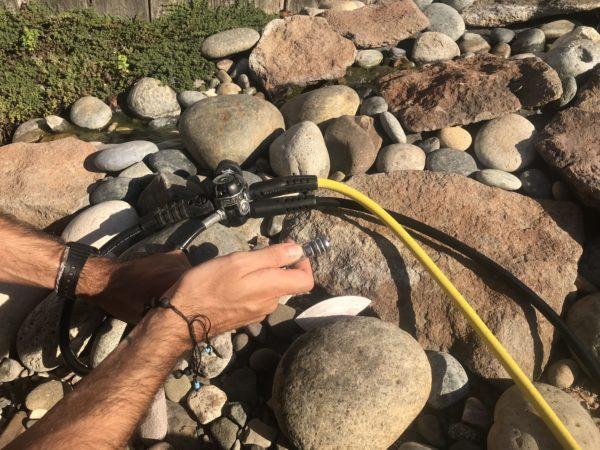
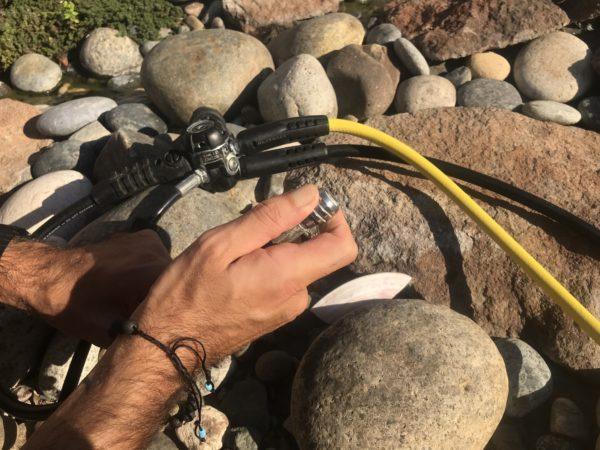
Scuba Regulator Maintenance After Diving:
- If your Instructor is “a good instructor,” he/she most likely harped on you more than once during your Open Water Course! “Before submerging the regulator in fresh water, be sure to put the protective cap on the first stage.”
- Immersing the regulators is sometimes not enough to clean them. Shake them for about 20 seconds while they are submerged so that the salt or calcium does not stick. Remember to slide the hose protectors.
- Rinse the LPI connector well by sliding back and forth while you submerge and shake it.
If possible, I recommend using hot water and some type of neutral soap without aroma (if use a smelly soap and you do not rinse well, you will spend your next dive with floral aromas in your mouth, true story).
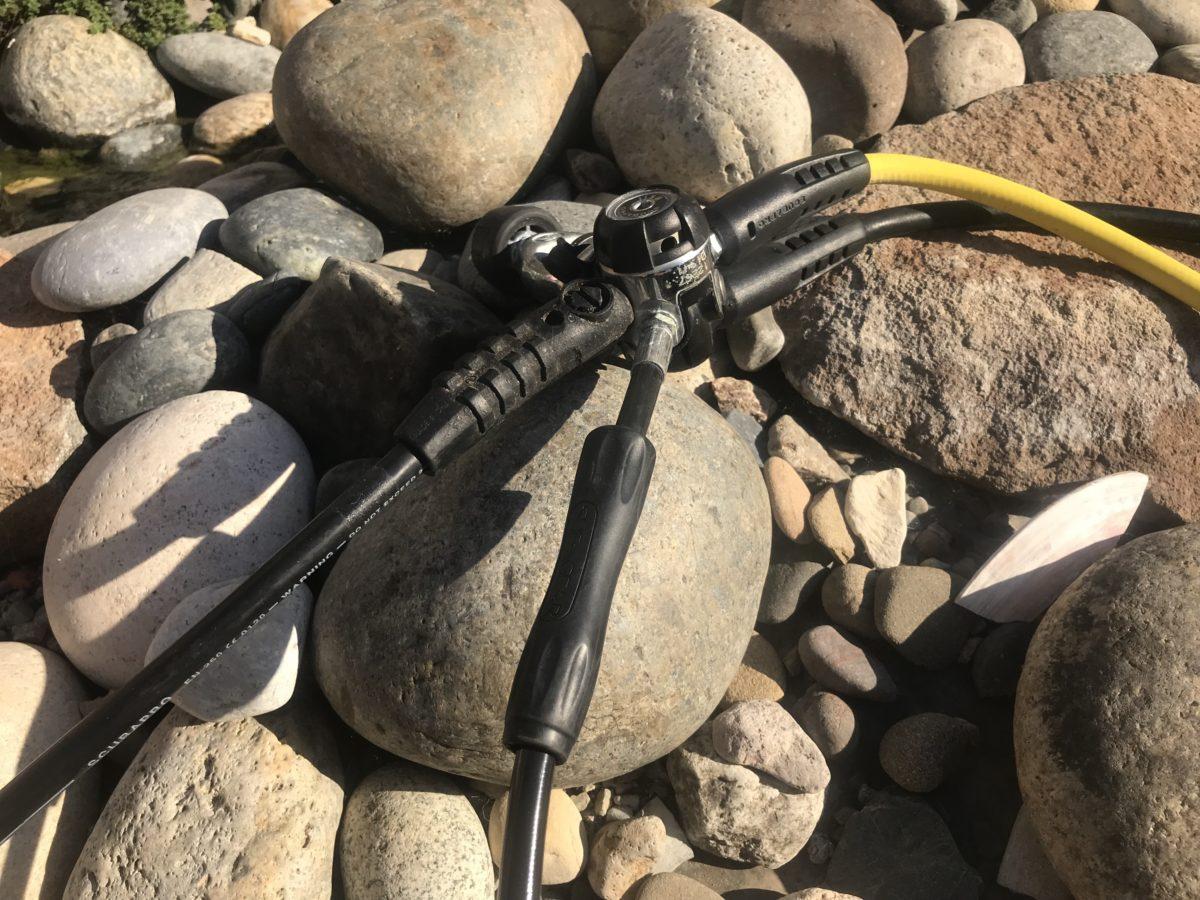
When should I put my dive regulator through official maintenance?
This is the one million dollar question! Well, of course, it depends on how much you use your scuba regulator. In my case, I work as a diving professional so I like to do official maintenance every 6 months approximately. In this revision all the O-Rings are changed, all internal parts are also cleaned and lubricated. This maintenance serves to identify other problems such as internal corrosion or degradation of plastic parts that work at high pressure.
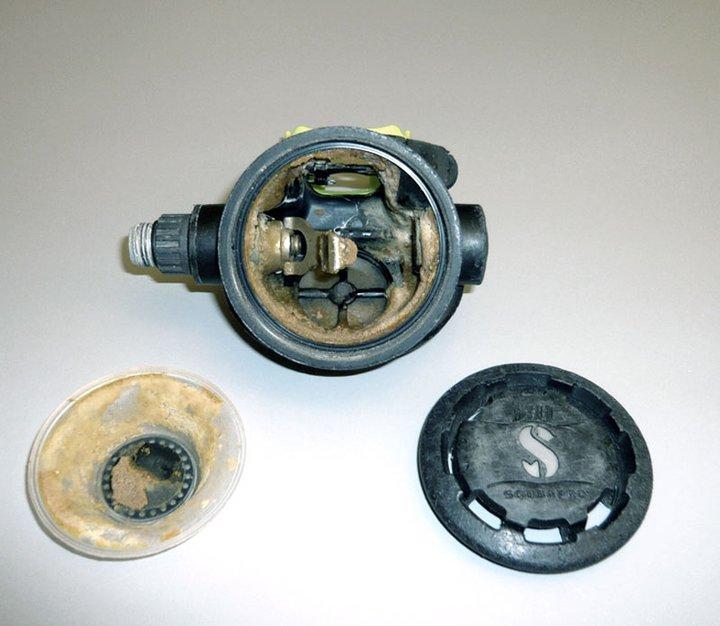
Remember to store your regulator in a dry, cool and airy place during those long periods of inactivity.
I like to keep it in a closet, out of its bag and hanging.
All of these precautions do not guarantee that our regulator works at 100% since when transporting it, it can be damaged. In this blog a few weeks ago, Sergio Palazuelos gave us advice for packing scuba gear for flying.
I hope that these tips on the maintenance of the diving regulator will serve to extend its useful life. Remember that a regulator in good condition for your dives will make the experience safer and more fun! Breathing from a regulator that floods or is in free flow IS NOT FUN.
Stop reading blogs and come make bubbles.
Aitor Diaz
PADI Course Director # 285713
Azul Unlimited
We teach responsible scuba divers and ocean protectors. The brand is run by PADI IDC Staff Instructor Sarah Valdez who teaches scuba diving in person and on YouTube. Now she travels around the states and Mexico in her van scuba diving in new and different places. Follow her adventures on YouTube, Instagram, Facebook, and TikTok or join the Azul scuba community on Patreon.
Azul Unlimited is partnered with Azul Komodo, a top PADI IDC Center in Labuan Bajo, Indonesia offering daily dive trips to the Komodo National Park. Contact their team directly for an unforgettable experience diving in one of the top dive destinations in the world!






